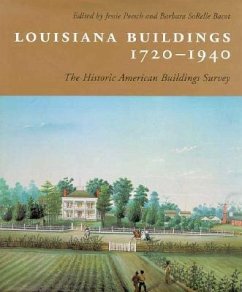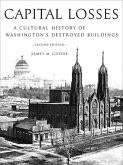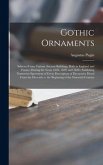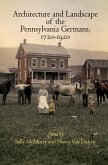The only New Deal program to continue into the 1990s, the Historic American Buildings Survey has through the years drawn attention to the historical and artistic significance of buildings that contemporary taste might otherwise have ignored. Louisiana Buildings, 1720-1940 makes easily available the fruit of HABS's important and enduring efforts to record Louisiana's architectural heritage. In the 1930s, the Louisiana HABS team concentrated on public edifices and grand plantation complexes threatened by destruction. Later records of HABS include still other habitations of the common man as well as industrial structures. The project has yielded not only graphic and written documentation of the buildings, many no longer standing, but also new insights into the history of the state's architecture. An invaluable part of Louisiana Buildings, 1720-1940 is the alphabetical listing of HABS structures in Louisiana both by familiar name and by parish. The listing by parish gives the location, the date of construction, the architect when known, and the current status of each building. It also presents drawings or photographs of many of the structures, over 300 pictures in all. There are, besides, nine chapters by leading architectural historians, who cover all aspects of Louisiana architecture: its Creole beginnings in the south of the state; the Appalachian folk style in the north; and developments on the plantation, in the seventeenth-century urban setting, and in the modern era. Those chapters form an essential frame of reference for the data in the HABS listings and call attention to many other structures that are a part of the history of building in the Pelican State. Anyone interested in the state's architecture or history will find Louisiana Buildings indispensable.
Hinweis: Dieser Artikel kann nur an eine deutsche Lieferadresse ausgeliefert werden.
Hinweis: Dieser Artikel kann nur an eine deutsche Lieferadresse ausgeliefert werden.








